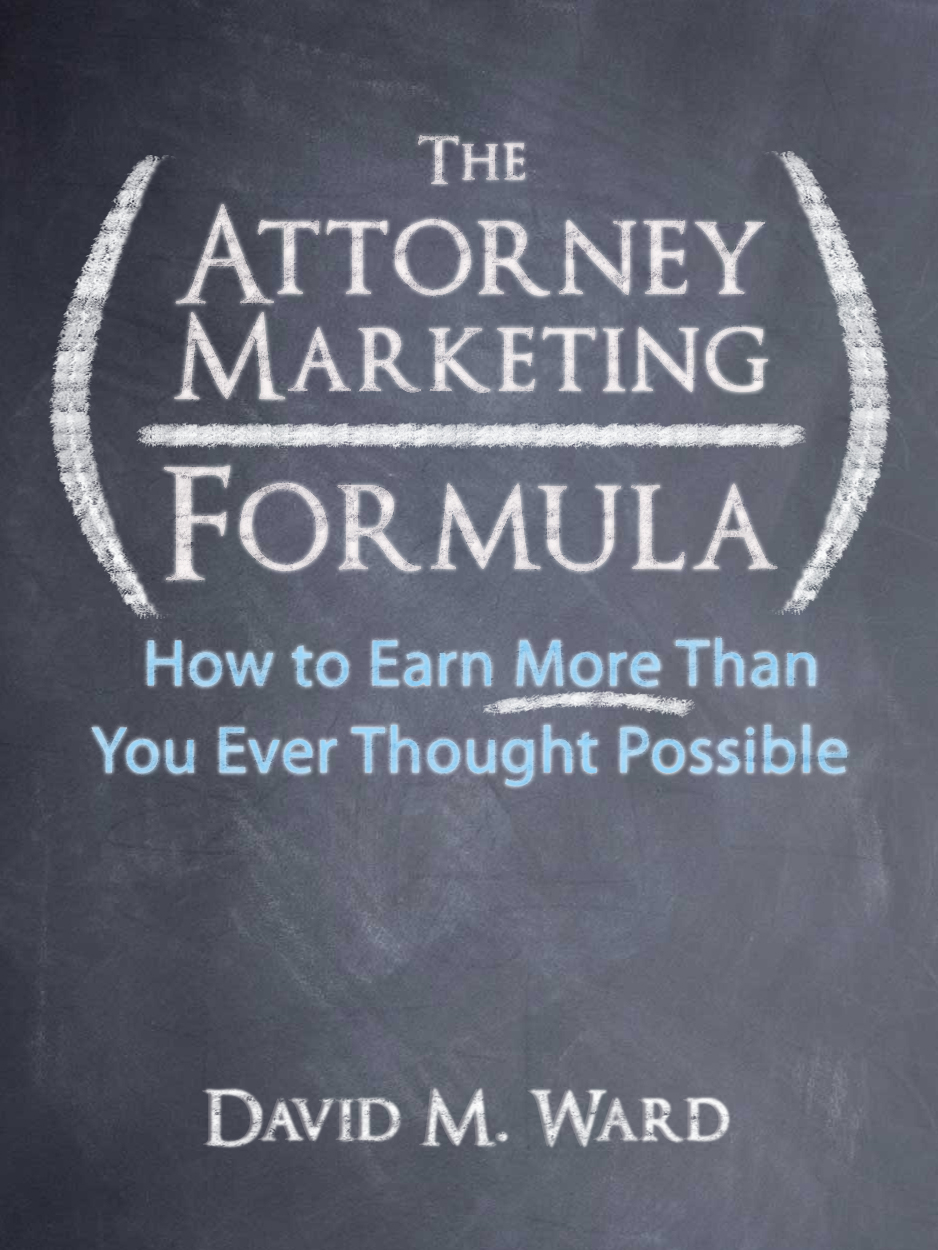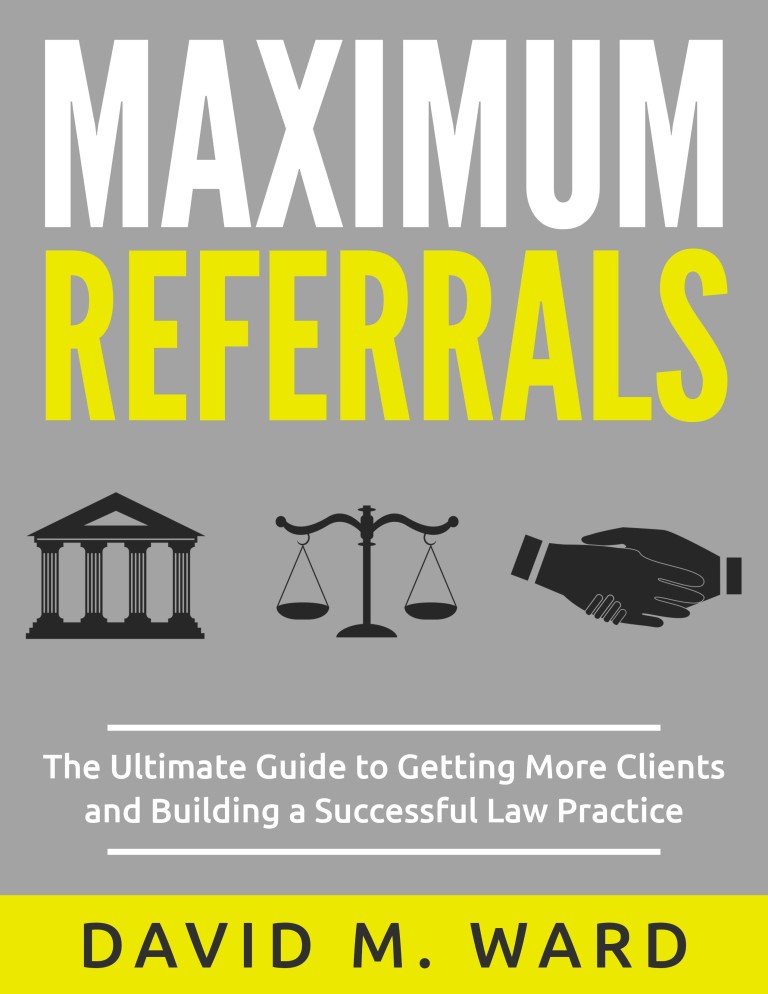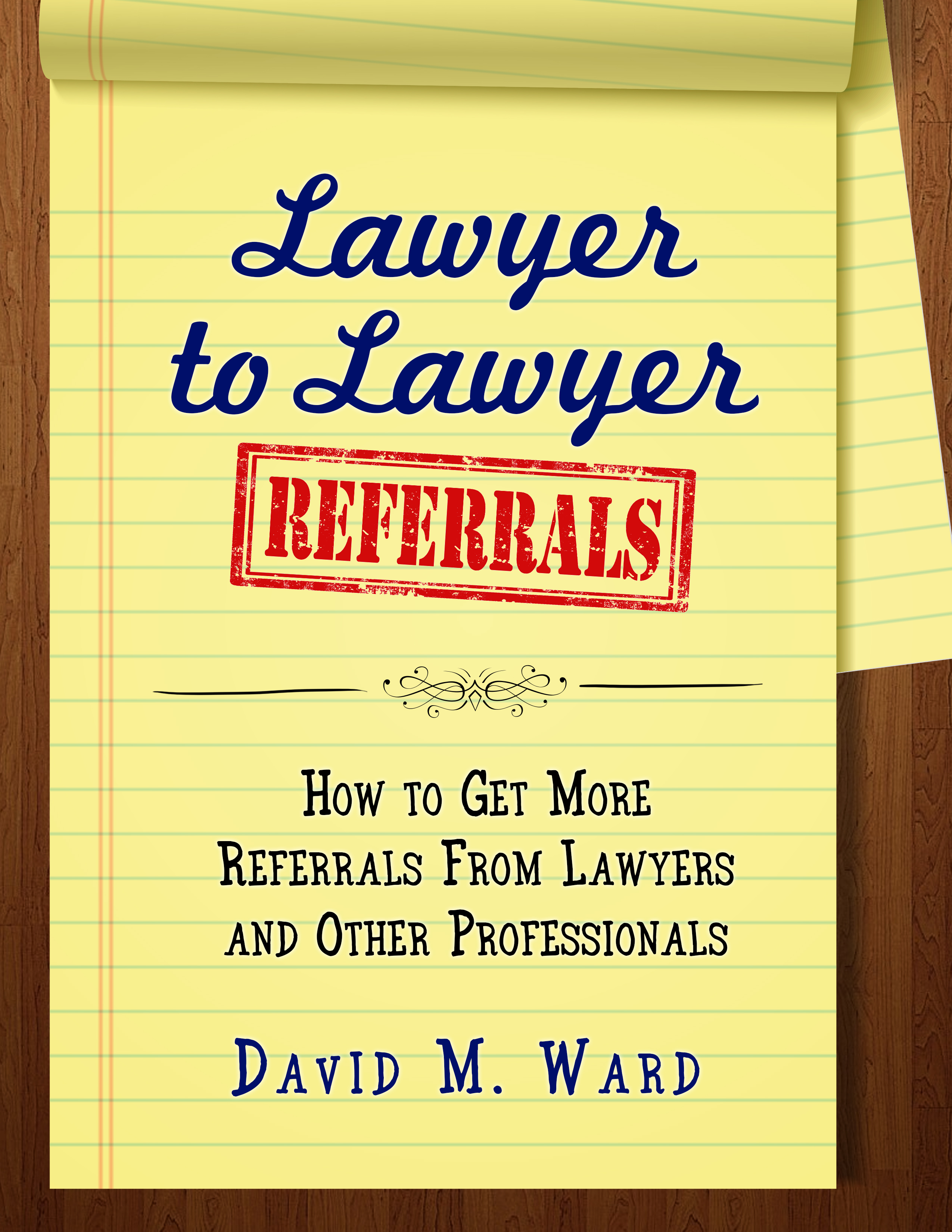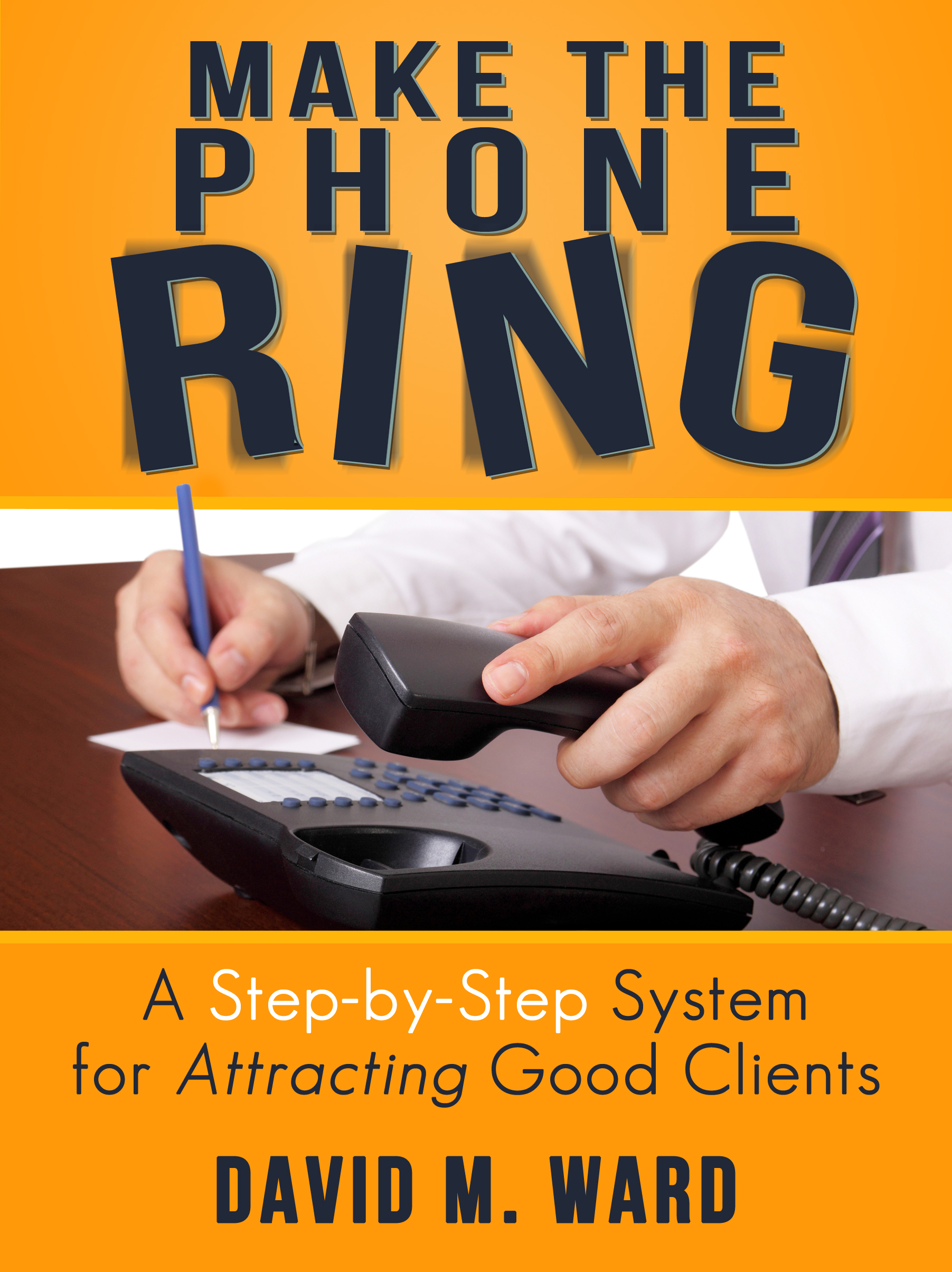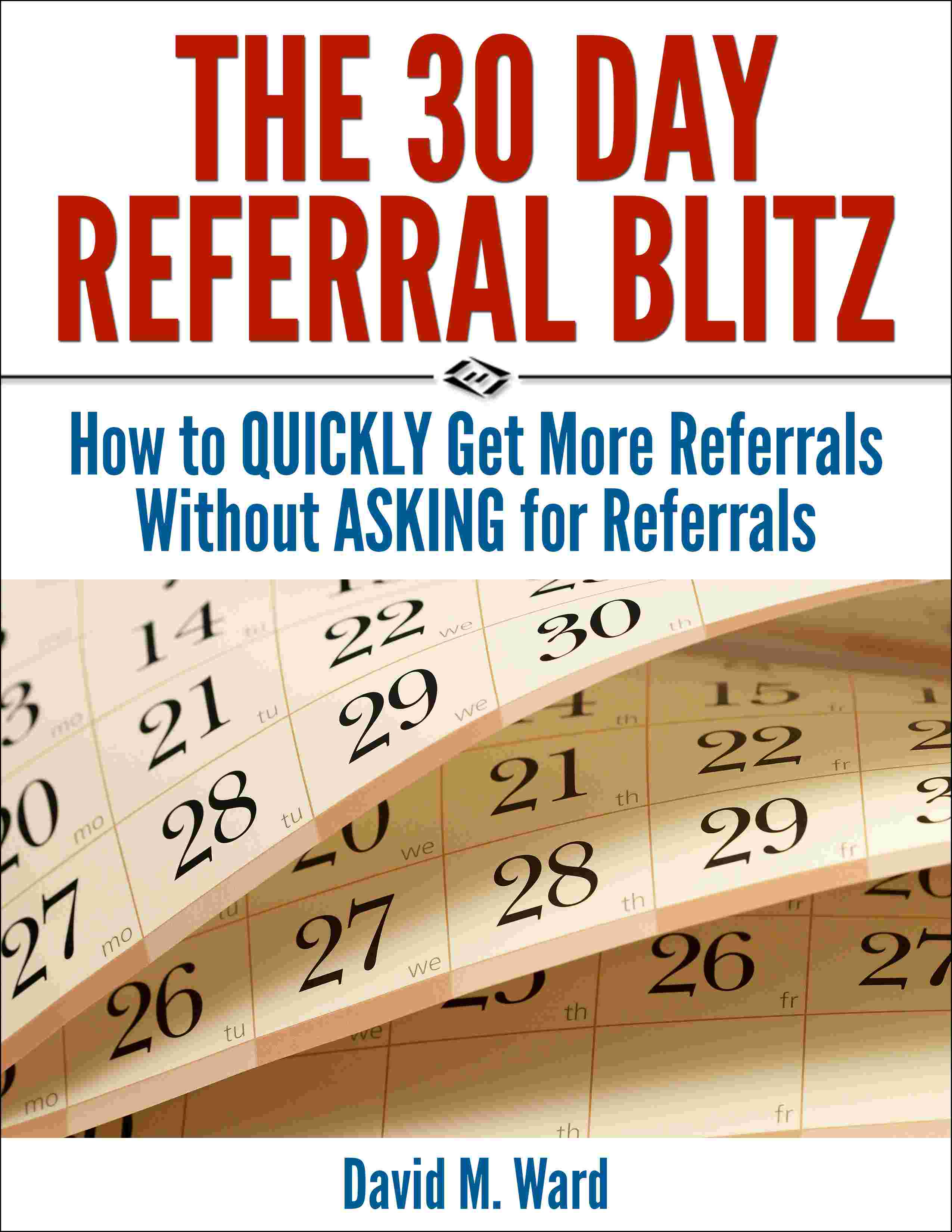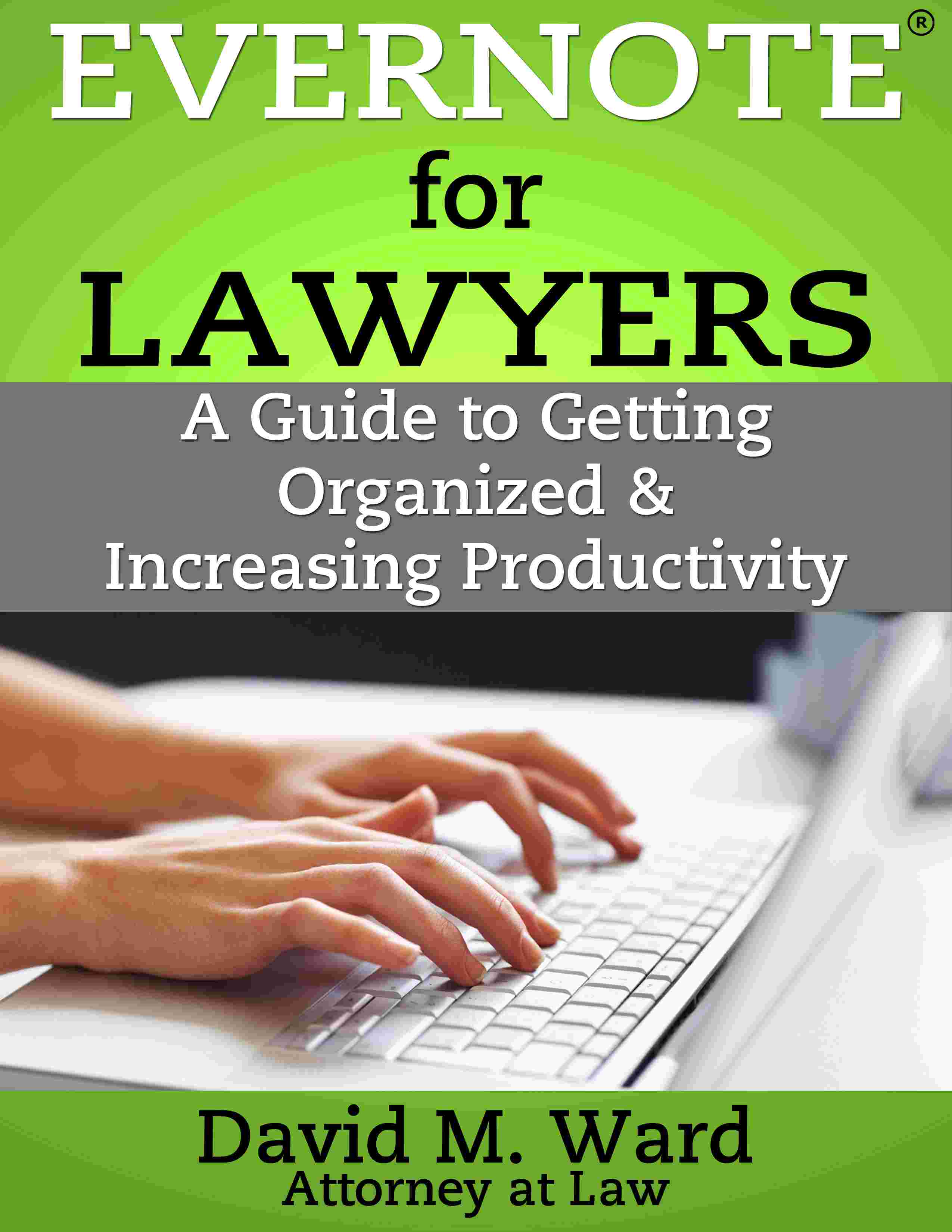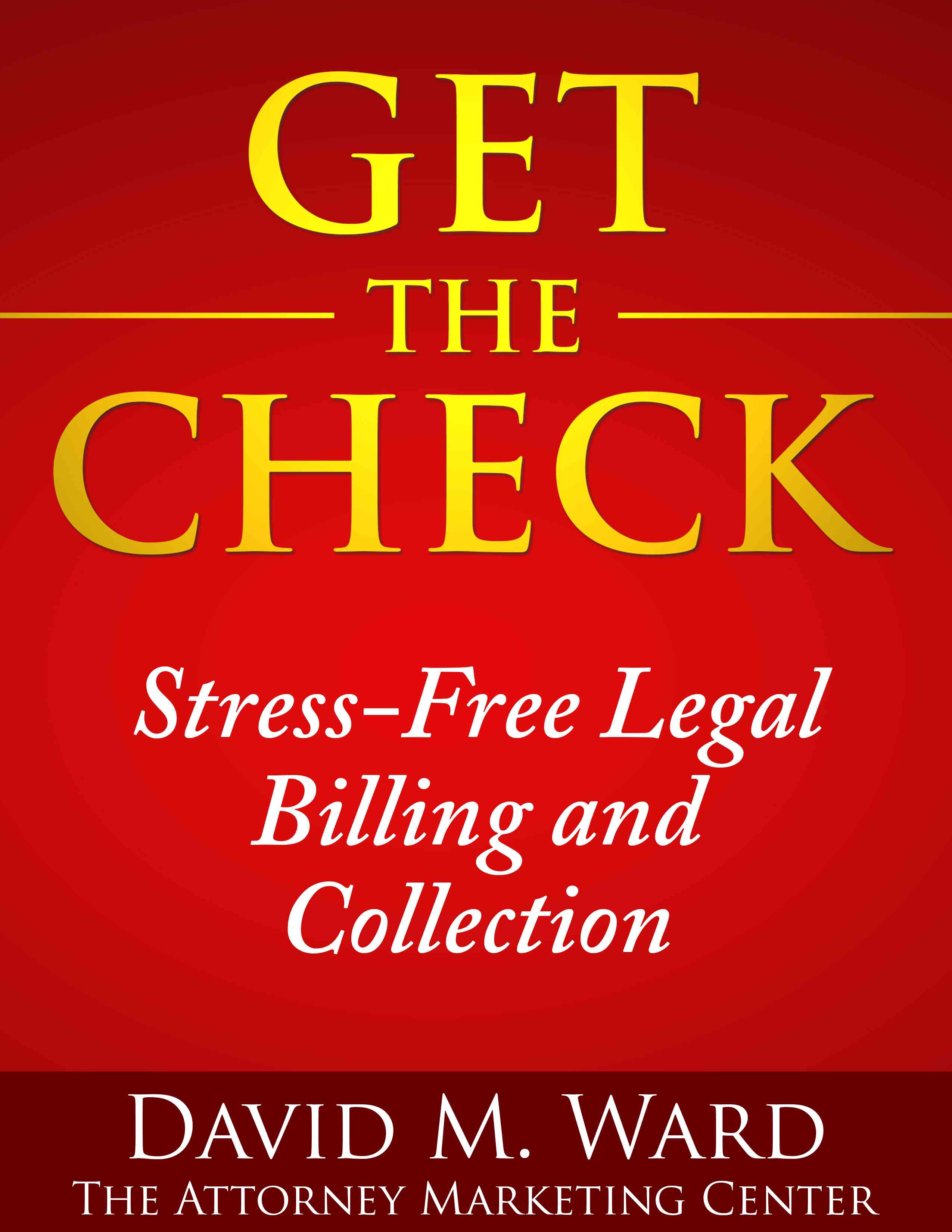You may not be a legal scholar. You may not have a lot of experience in your field. Other lawyers may have more cash or better connections.
It doesn’t matter. You can beat them. You can build a fabulously successful practice if you do the one thing most lawyers don’t do.
Focus on marketing.
Many lawyers take marketing for granted. Or use flawed strategies that do little to bring in new business. Even when they choose the right strategies, they often get poor results because their heart isn’t in it or they don’t stick with it long enough.
You can do better.
Where other lawyers seek to attract “anybody” who has a certain legal issue or need, you can laser focus on specific segments of the market and dominate them.
Where other lawyers use a weak and ineffectual marketing message, you can show prospective clients and the people who refer them the benefits you offer and the results you can help them achieve.
Where other lawyers provide good “customer service,” you can deliver outstanding customer service that surprises and delights your clients, ensuring long-term repeat business and referrals.
Where other lawyers merely provide their core legal services, you can help your clients be more successful in their business or personal life. If a client wants to refinance their home, for example, you can give them information and referrals to help them do that. If a business client needs more customers, you can use your contacts to help their business grow.
You can work smarter than your competition and deliver a better overall client experience. If you do this thoroughly, consistently and enthusiastically, clients and prospects will come to see you as the lawyer they want to represent them.
It doesn’t take much to beat the competition. Look at what most lawyers do and do the opposite.
Start marketing smarter with this

